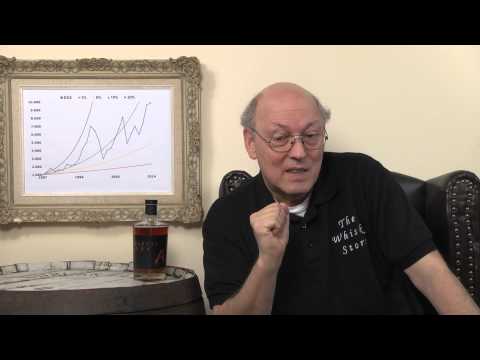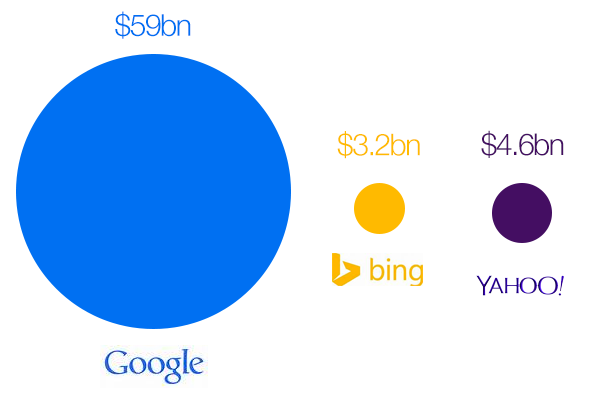

Changes in demand and consumer taste preference may happen when the product is not available to the consumer. For example, the consumers might change their preference for coffee and coffee-based products with lower availability of tea and tea-based products. Thus, the above unsystematic risk can change the customers’ preferences, leaving a permanent impact on the sector. In financial jargon, the term «unsystematic» refers to a quality that is not commonly shared among many investment opportunities.
A shaky capital structure can lead to erratic earnings and cash flow, which can prevent a company from trading. The effects of the dot-com bubble led to trillions of dollars in market cap being wiped out as tech companies with inflated valuations folded. The sudden collapse shocked the entire financial markets, resulting in an economic recession. The following list outlines examples of external events that represent sources of systematic risk. The causes of systematic risk are largely in part related to macroeconomic events, where a domino effect is frequently observed in the global financial system. Systematic risk, often referred to as “market risk”, represents a potential risk to the broader economy and entire financial system.
After a few days, complains started pouring in that the users were having some difficulty in the sound, and when they were on a call, a screeching sound could be heard in the background. The company was forced to recall all its products and had to suffer great revenue loss as well as a direct example of unsystematic risk impact on its brand image. Suppose AB Company owns stocks in the Pharma industry, and a sudden event has resulted in a huge strike and unrest. It is nearly impossible to anticipate and predict the source of any type of unsystematics risk or about how and when it is going to occur.
These factors are beyond the control of the business or investor, such as economic, political, or social factors. Meanwhile, microeconomic factors that affect companies are unsystematic risks. In this regard, she might diversify away from public equities altogether by adding US Treasury Bonds as a further safety from fluctuations in inventory costs. Systemic risk and systematic threat are each risks to the financial markets and economic system, but the cause of and management of each is totally different. The market danger that is agency or trade-specific and is fixable is known as unsystematic or idiosyncratic risk. Total risk comprises two types of risks that include risk- systematic risk and unsystematic risk.
Definition of Systematic Risk
Stock Beta is the measure of the risk of an individual stock in comparison to the market as a whole. Beta is the sensitivity of a stock’s returns to some market index returns (e.g., S&P 500). That’s because the individual risks of firms tend to cancel out as a result of portfolio diversification. Alright, let’s now consider an example on how to calculate unsystematic risk. Yes, this is a conceptual formula for unsystematic risk, but don’t worry – we’ll go over the exact formula to calculate unsystematic risk further down.
Unsystematic risk, on the other hand, is linked to a single sector, segment, or security. Systematic risk is unpredictable in nature since it occurs on a broad scale and involves several components. For example, an investor who only owned airline equities would be exposed to a high level of unsystematic risk . They would be susceptible if, for example, airline staff went on strike. This occurrence has the potential to temporarily depress airline stock prices.
Systematic risk is defined as the inherent risk that affects the market, not just one sector of the market. This type of risk is uncontrollable by any company and is usually derived from macroeconomic factors. Systematic risk can’t be diversified away since it affects the entire market.

Diversification is likely one of the options to cut back the impression however it will still remain topic to Systematic danger that impacts the market as a whole. More is the diversification, decrease would be the residual risk in the total position. Systematic risk refers to the risk inherent to the entire market or market segment.
Of course, the severity of the risk is not spread evenly across all sectors, as some are able to recover and return to normalcy more quickly. The next year the company realizes that it has made a serious miscalculation in altering its production line. The machinery and inventory obtained by the company are later sold for a loss or remains unused for the time being.
What are systematic and unsystematic risk?
Unsystematic risks are often tied to a specific company or industry and can be avoided. Types of systematic risks can include interest rate changes, recessions, or inflation. Systematic risk is often calculated with beta, which measures the volatility of a stock or portfolio relative to the entire market.
The nature of risk in cases unsystematic is not repetitive, and most of the time, there is an evolution of new hazards. The policymakers face challenges in resolving the risks as they have to deal with the utmost attention because of its nature. Financial RiskFinancial risk refers to the risk of losing funds and assets with the possibility of not being able to pay off the debt taken from creditors, banks and financial institutions. A firm may face this due to incompetent business decisions and practices, eventually leading to bankruptcy. Specific risk in investing is any downside potential that is peculiar to a single company or sector.
- The Central Bank has announced a recent interest rate cut, due to which Mr’ A’ wants to reconsider the impact on his portfolio and how he can re-work around it.
- If the investor’s portfolio is not diversified and he owns very limited stocks, the unsystematic risk can be negative.
- An investor in such a company or industry can avoid or minimize such risks by diversifying his portfolio across multiple industries.
A consistent reaction will flow if an announcement or event impacts the entire stock market, which is a systematic risk. E.g., if Government Bonds offer a yield of 5% compared to the stock market, which provides a minimum return of 10%. A simple example of unsystematic risk is litigation risk, meaning the danger that a company might face legal action. For example, a company whose products are more likely to be defective will face more class action suits than other companies in the same industry.
Debit Spread Vs Credit Spread: What Is The Difference?
The company failed to have adequate processes and policies to prevent the possibility of this happening and thus only this company is affected by its CFO’s actions. The most common types of systematic risk are market risk, interest rate risk, purchasing power risk, and exchange risk. Market risk refers to stocks moving in the same direction as the overall market whereas interest rate risk refers to volatility because of interest rates changing. Purchasing power risk refers to the risk that inflation will decrease purchasing power. Exchange risk refers to the risk in the value of a foreign transaction changing due to fluctuating exchange rates. All these systematic risks are outside the control of any company, can’t be diversified away, and affect all companies.
Beta, the risk component in the CAPM, establishes the relationship between the market risk and the expected return. Under the CAPM, the expected return on a security is a function of the systematic risk, rather than the unsystematic risk, as the latter can be diversified. Unlike systematic risk, unsystematic risk can be reduced specifically through diversification.
Interest rates and the value of securities have an inverse relationship. This means that as interest rates increase the value of securities decreases, but as interest rates fall the value of securities increases. Interest rate risk is a systematic risk because increases and decreases in interest rates affect all securities prices.
Operational Risk
Such risks can easily be avoided or reduced by diversifying their portfolios. Financial risk is the possibility of losing money on an investment or business venture. Investopedia requires writers to use primary sources to support their work.
The company is now only getting a real return of 1%, which is the 3% less the 2% inflation. In fact, I wrote a book whose central focus is how to deal with USR in the valuation of non-public companies. Modern Portfolio Theory did professionals in my line of work no favors when it assumed away the existence of USR because few small-business owners hold diversified investment portfolios. Systematic risks are unavoidable in nature whereas unsystematic risks are avoidable in nature. Systematic risks cannot be controlled, minimized, or eliminated by an organization or industry as a whole. On the other hand, unsystematic risks can be easily controlled, minimized, regulated, or avoided by the organization.
Calculation of Unsystematic Risk
Diversifiable RiskA diversifiable risk refers to the firm-specific uncertainty that impacts an individual stock price rather than affecting the whole industry or sector in which the firm operates. Such risk can be mitigated or reduced by adopting diversification strategies to ensure that the returns are not affected. Systematic and unsystematic risks can be mitigated, in part, with risk management.
CAs, experts and businesses can get GST ready with ClearTax GST software & certification course. Our GST Software helps CAs, tax experts & business to manage returns & invoices in an easy manner. Our Goods & Services Tax course includes tutorial videos, guides and expert assistance to help you in mastering Goods and Services Tax. ClearTax can also help you in getting your business registered for Goods & Services Tax Law.
This helps to reduce the impact of unsystematic risk on the overall portfolio, as a loss in one investment can be offset by gains in others. The Beta coefficient of a company is what represents the unsystematic risk. A beta coefficient is the relationship of the change of a stock with a change in the market. In other words, it indicates the extent of the volatility of a stock/security vis-a-vis the market. Because unsystematic risk is limited to one company or industry, the number of people affected is smaller. The unsystematic risk is very dynamic; the nature of problems varies from each other.
